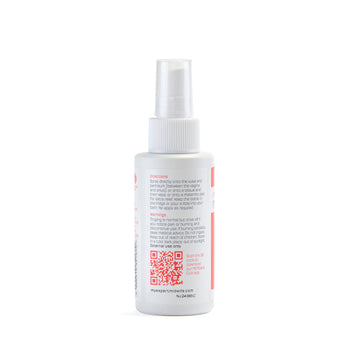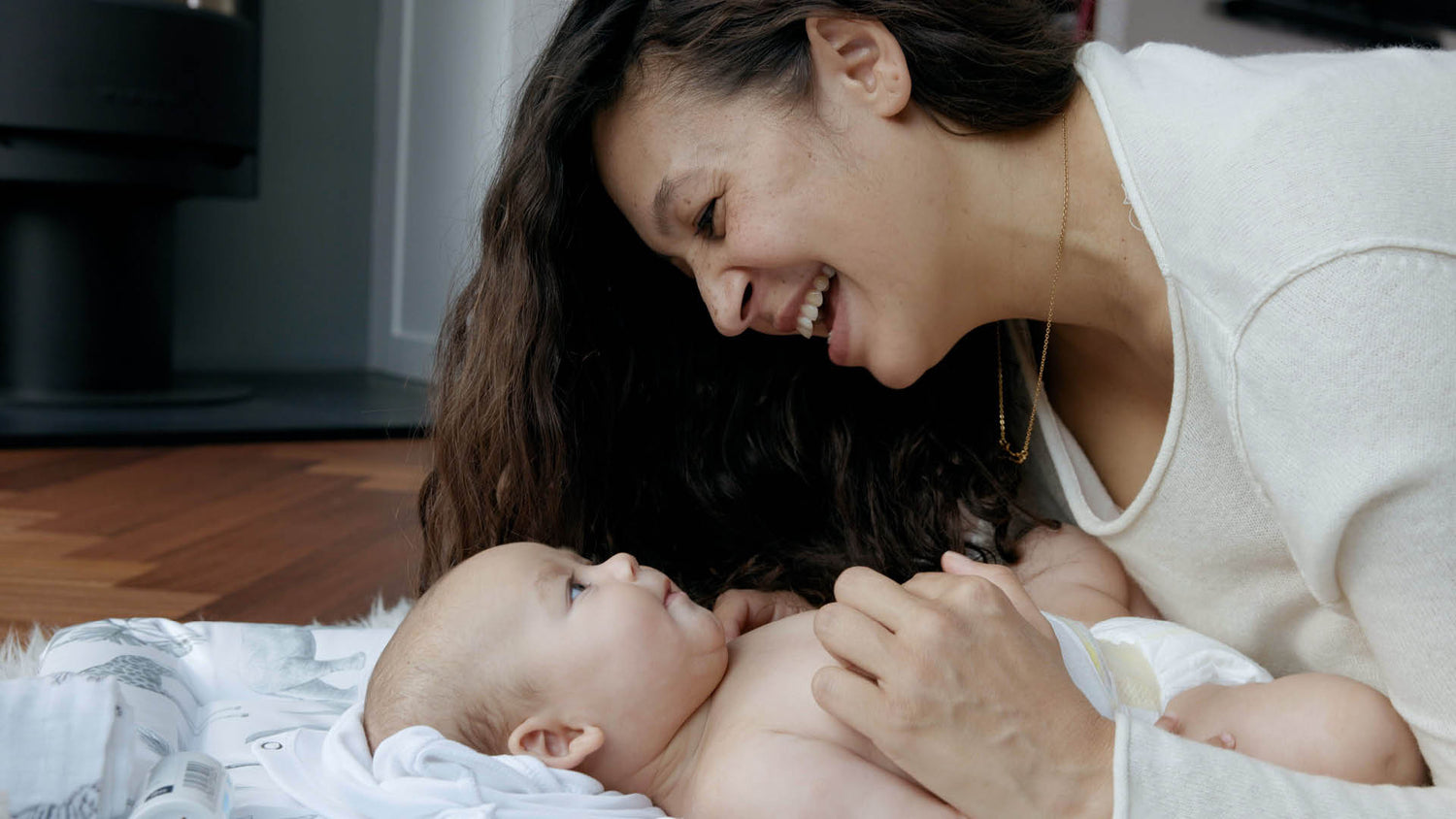C-section birth is major abdominal surgery and recovery time can vary from one woman to another. This means that after your C-section you will need to take extra care when moving about and lifting things. Rest, self-care and nourishment are key to recovery and the healing process during this time.
Whether you’ve had a planned or emergency C-section, you need to remember that you are likely to take longer to heal from it than from a vaginal birth. You may find that your movement is more restricted, so you need to take more care when walking around and when getting in and out of bed, etc. Where possible, you may need the help from your family and friends for a longer period of time.
Having a C-section can be an emotional experience, especially if it was unplanned, and you may need loved ones to be a ‘sounding board’ so you can debrief and share your experiences and emotions. You may also need reassurance – that you are doing great, that it will get easier.
Once you feel secure, you can turn your focus to your own physical and emotional recovery during this period but try not to set time scales for recovery - everyone heals at a different pace.
The first few weeks
Check your wound regularly to make sure it is healing well.
- There should not be any redness that is spreading or any smells or oozing coming from the wound site
- If you are worried, contact your midwife or GP for advice
- Once your dressing has been removed and normal wound healing is taking place you can start to develop your own personal routine to care for your C-section wound and scar to optimise your recovery
Cleaning your wound area
Having a shower or bath everyday should be part of your wound cleaning routine. If you want to clean the area more often here is a guide to help:
- Make a hygiene station. This could be a box or tub containing everything you need, such as cotton wool, moist fragrance-free wipes, a mirror, a clean bowl, nappy bags, a small towel, spare sanitary pads and Spritz for Bits
- Fill your bowl with warm water and dampen the cotton wool
- Sit reclining or lie propped up comfortably, then gently lift your tummy to expose the wound. You may want someone with you to hold a mirror so you can see it
- Wipe gently in one direction with the dampened cotton wool part way or fully along your scar and dispose of it into the bag. Use another piece or two if needed
- Try to let the air circulate around for a few minutes and pat dry if needed
- Spray on Spritz for Bits for soothing relief
Spritz for Bits
Use Spritz for Bits to help relieve soreness and itchiness during the first few weeks once normal wound healing is taking place.
You can use Spritz for Bits to help provide instant relief for an itchy C-section scar any time you need to. Just make sure you don’t use Spritz for Bits as an alternative to cleaning your wound as per the above recommendations.
Soak for Bits
Soak for Bits is a must have to add to your bath after childbirth whether you are recovering from a vaginal or C-section birth. A regular self-care routine including a relaxing bath can contribute to both your physical and emotional recovery after childbirth. Make sure your mobility has improved enough after your C-section so you are able to move in and out of the bath safely.
Both Spritz for Bits and Soak for Bits are packed with essential oils which have anti-inflammatory and anti-bacterial properties to help soothe swelling, bruising and to clean and protect.
Long term scar recovery
As scar tissue tends to develop slowly, a regular routine of self-massage can help to improve the appearance and mobility of both external and internal scar tissue after your C-section.
During the healing process, C-section scars can vary from being quite prominent to almost invisible. As scar tissue forms slowly, using a scar massaging technique can encourage the scar to form flatter and have a less raised appearance externally. Scar massage can help influence the development of scar tissue from as early as the first few weeks to up to 2 years after having a C-section.
Scar tissue also develops internally and may adhere to other tissues creating adhesions, which are bands of scar tissue that can tighten and constrain internal tissues. These occur most commonly on the colon, ovaries or between the bladder and uterus and can cause pelvic and back pain.
Fantastic Skin Elastic
This rich massage serum offers relief to skin anywhere on your body and can help to reduce the appearance of pregnancy stretch marks. After the birth, our serum will continue to soothe and hydrate your skin and, once the wound is healed, it is perfect to massage your C-section scar with, helping to improve the appearance and condition of scar tissue.
Peri Prep Your Bits
This award-winning perineal massage oil contains a unique blend of natural and essential oils to help nourish, protect and promote skin elasticity. Includes lavender oil to promote healing and regeneration, avocado oil to protect, sweet almond oil to nourish and moisturise.
Summary
Whether you have had a planned or unplanned/emergency C-section, this blog is a guide to how you can care for yourself after C-section, explaining how to look after your wound in the early days and how to continue to care for your scar once it has healed.




